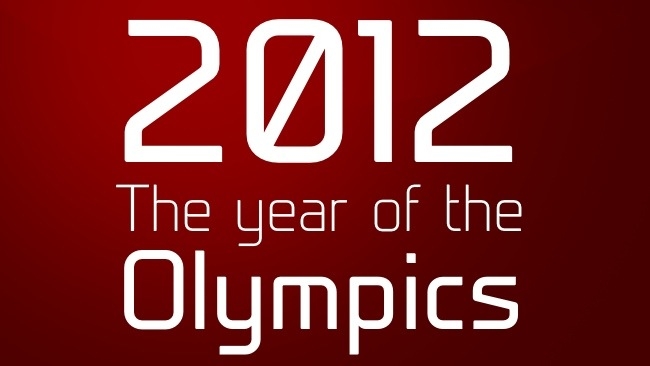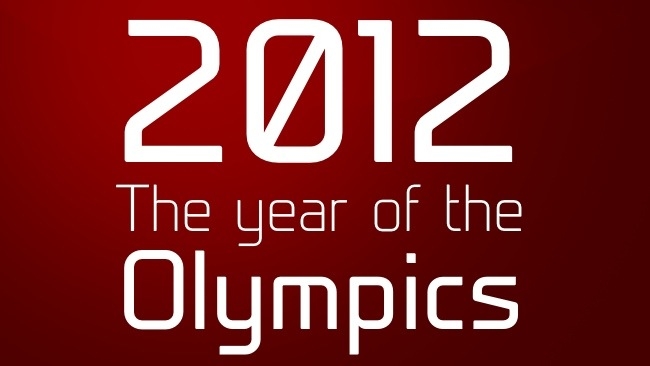
 2012 - Year of the Olympics
2012 - Year of the Olympics
2012: it was all about the Olympics
The Olympics is, of course, way more than just a sporting occasion in many senses, but 2012’s London Games reflected almost precisely the main technical changes in the broadcast industry in 20112. Andy Stout looks at the podium.
The Monday morning after the Games finished, some of the signs at Stratford Station next door to the Olympic Park essentially read ‘This way to Rio de Janeiro’. Following London 2012 is going to be difficult for anyone, but at least broadcasters have a good idea of what will work and what won’t in 2016.
The Rise of Ultra HD
No, not the 4k version, but i’s bigger brother, the 8k Ultra HD of Super Hi-Vision. A huge amount of effort went into some Super Hi-Vision tests coordinated by the BBC, NHK and OBS. Six public 50-foot screens – three in the UK, three in Japan – featured live and looped footage from three cameras, with further VIP viewing sites in London and Washington. The signal hopped to Japan via a series of high-speed, private academic networks, such as the UK’s JANET, taking one route via the US and one via Asia for diversity back-up.
NHK specially shipped an OB truck over from Japan for the occasion, where the signal was switched – wipes and dissolves don’t happen in realtime on 8k streams just yet. From there it was compressed into IP packets – 16 x 1080i signals converted into 8 x 1080p signals – and sent to the public screens as two MPEG transport streams. And what did they record it on? 16x Panasonic P2 recorders working in parallel.
Doing this used up pretty much all the SHV equipment exisiting in the world at that stage, but it proved it could be done.
The Even Greater Rise of Digital
From the #savethesurprise hashtag of the Opening Ceremony through the request from the IOC for people to refrain from tweeting as it was interfering with the timing data for the road cycling, this was the Games where social media really came to the fore. This has had huge implications for broadcasters. Part of the reason why #NBCFail trended so high during the Games was the US broadcaster’s ludicrous decision to tape delay events till prime time to maximise ad revenue, all of which meant that the broadcast was out of sync with the entire internet. Or reality for that matter. It’s debatable whether anyone will even try doing that again.
But Digital in all its manifestations – IPTV, mobile etc – was the big winner of the Games. BBC Head of Sport Barbara Slater revealed at IBC that more people watched the Olympics via the BBC website than via television, which isn’t bad when you consider that when the BBC started planning for the Games in 2005, Twitter hadn’t even even been invented.
The Death of 3D
This is one technology that probably won’t make it to Rio, at least in its current form. The original script for the 2012 Games had manufacturers selling millions of 3D sets and these being dubbed the 3D Games, but the 3D aspect never really took off, despite hundreds of hours of coverage and the backing of main Games sponsor Panasonic. Simply put, consumer resistance to glasses-based displays seems to have become entrenched and it looks like the big manufacturers are going to have to wait until affordable autostereoscopic sets come on the market in the next year or two before trying again.
Even Sony, which spent a lot of money capturing matches at the last World Cup in South Africa has turned decidedly lukewarm at the prospect of doing it again at the next World Cup in Brazil 2014, while on the other hand there have already been significant rumblings about 4k capture out there. Indeed, as far as the minuscule 3D audience that was watching as the final chords of The Who’s set faded into the distance at the end of the Closing Ceremony goes, perhaps they really should have played ‘Won’t Get Fooled Again’.
Tags: Technology



Comments